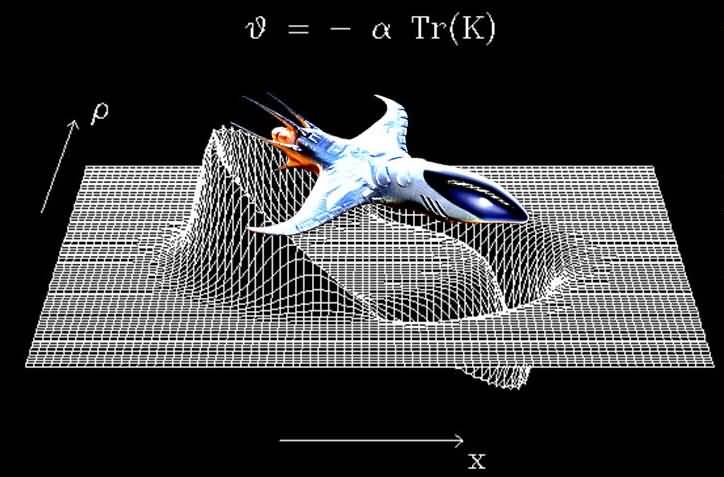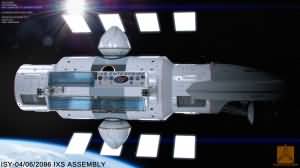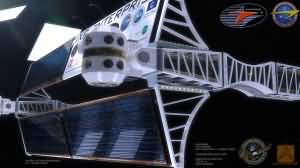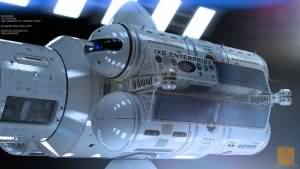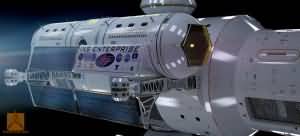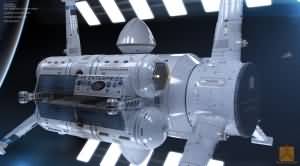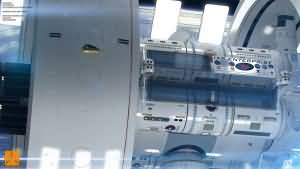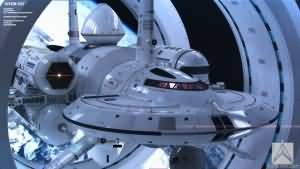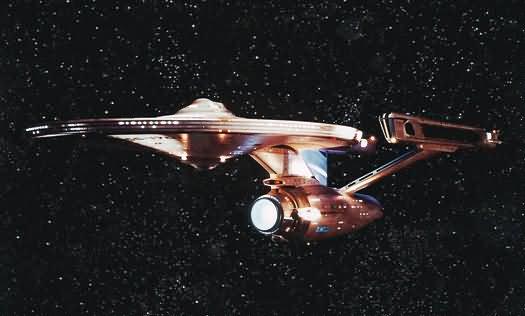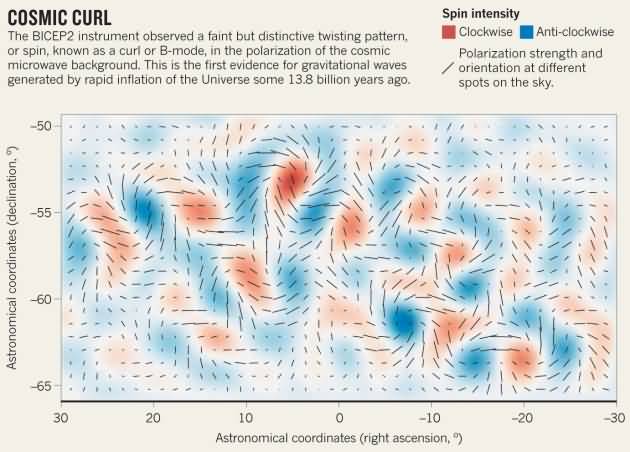NASA's First Ship Design for Warp Technology
You might have heard of it before. NASA announced a while ago that it had begun work on warp technology for space travel. If I recall correctly, they estimated a timeframe of around 100 years to build a warp engine. My first question was how they would meet the energy requirements for something like a warp engine. After all, it would require an energy requirement equal to the mass of Jupiter.
NASA has designed the ship needed for the warp drive and presented it to everyone. Mark Rademaker spent 1,600 hours on this design. The ship is called the IXS Enterprise. They say this name fits the concept of a faster-than-light ship. They're probably drawing a connection to Star Trek. As you can see, the ship has two massive rings to create warp bubbles.
Let's briefly explain how warp drive works. The idea of a warp drive was proposed by Miguel Alcubierre in 1994. He proposed that with this technology, humans could travel 10 times faster than light without breaking the speed of light. Warp drive actually works on the principle of spacetime stretching behind the ship and contracting (warping) space in front of it, thus moving the ship. You can see its working principle visually in the main image of this article. In other words, warp drive doesn't move the ship. It warps and distorts the space it's in. This way, you don't break the speed of light. In fact, the ship doesn't even move at all. You can find other images below.
Note to self: There are a lot of details about warp technology. Write an article about it.

